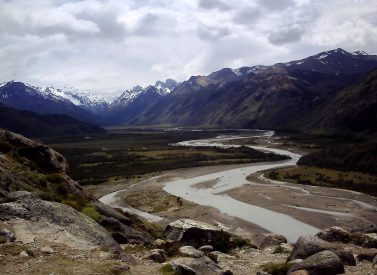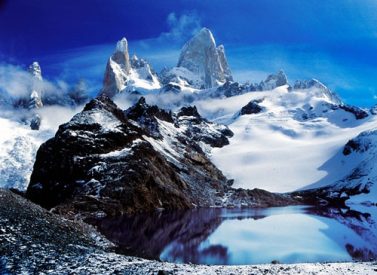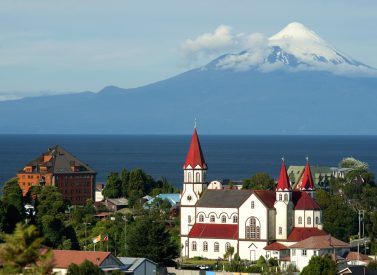
Patagonia Eco-camp Trekking Tour
Trek Fitzroy and Paine National Parks in style.
On our fantastic Patagonia eco-camp hiking holiday we combine the best trekking with comfort as you explore Patagonia’s hiking highlights.
Walk the best trails in Argentina’s Fitzroy National Park then follow it up with the Paine W or circuit trek in Chile.
There’s also the chance to bag a Patagonia peak, Cerro Madsen in Los Glaciares National Park.
More on Patagonia trekking eco-tours.
The holiday starts with a full-day trip to Perito Moreno Glacier.
Next, Fitzroy, where our extended hiking adventure sees complete the Fitz Roy M then walk on glaciers, see the Chile and Argentina border, cross lakes, and even bike from our eco-camp.
In Argentina, we combine a refugio with some wild camping, giving you the complete Los Glaciares National Park experience.
Paine National Park
Next, cross the border into Chile to the Torres del Paine National Park, and effort is amply rewarded by the spectacular scenery.
Condors, rheas and guanacos can be seen in the area. A wonder of natural sculpture, the two thousand metre high Cuernos (Horns) and Torres (Towers) must be seen to be believed.
Nights are spent in superior domes in eco-camps, or refugios, if you choose Paine’s classic 7-day Paine W.
Or for those who want more trekking, you can also add the 9-day Paine Circuit, with a combination of eco-camp, refugios and some nights’ camping.
Trip Highlights
Print Share Download as PDF-
Eco-tour in Patagonia.
-
Trek both of Patagonia's most famous routes - the Fitz M and Paine W (or circuit).
-
Cosy eco-camps, refugios, and wild camping to relax in after a stunning day of walking.
-
Chance to see amazing wildlife in natural habitat.
-
All logistics taken care of, you just turn up and enjoy the treks.
We had a fantastic trip.
All the land arrangements fell nicely into place. The walking in Torres del Paine was a great experience. The weather was kind: only one day of persistent showers (and we were retracing steps that day), otherwise unseasonally warm, sometimes brilliant skies but generally slightly cloudy typical of a Patagonian summer. We heard the roaring winds at night, safe in our very comfortable eco-tent.
The eco-camp is a great concept. The food was plentiful, the staff very accommodating.
We can’t fault the overall organization, so thank you to you and the Andean Trails team for putting our holiday together for us. We had a great time.
J. Lavery, Eco-tour Patagonia
Full Itinerary
Day 1: Arrive Calafate, transfer to hostel
Join the tour in El Calafate.
A small town of some four thousand inhabitants, El Calafate was for several decades a tiny staging post for the wagons transporting wool between remote estancias (sheep stations) and the coast. It lies near the shore of the vast, turquoise lake Argentino and is today a gateway to the natural wonders of the Los Glaciares national park.
Day 2: Perito Moreno trip, hotel (B)
This day is dedicated to observing close-up the spectacular Perito Moreno Glacier.
Vast in scale – over four miles wide and 60m high at its face – this almost surreal spectacle is set amid a labyrinthine system of iceberg-filled waterways, and backed by deciduous beech forests and snow peaks.
Spectacular even by the standards of the Los Glaciares National Park, this glacier also represents an anomaly: The Perito Moreno, unlike the other glaciers of the region, is still growing. Periodically (every so many years) its advancing edge reaches the near shore, cutting off and damming up the Brazo Sur ice-berg channel.
When this occurs, the steadily-building water pressure forces a breach in the ice and eventually a huge volume of water bursts forth and surges through to Lake Argentino. A feature of the glacier is the frequent, ear-splitting calving of icebergs.
Day 3: Public bus to El Chalten, transfer to accommodation (B)
In the morning, transfer to the bus station and then we travel by bus north then west across Patagonia’s ‘flat, endless’ plains, and finally through rolling pre-Andean heath.
Our destination is El Chalten, a small settlement on the floodplain of the Rio de Las Vueltas. It is set amid the magnificent surroundings of the Fitzroy Range on the edge of Los Glaciares National Park. The park comprises some 2,300 square miles of forested mountains, sheer granitic spires and immense glaciers and lakes. It is one of the great glacial regions of the world.
You have free time to explore the town.
Day 4: Rio Electrico — Piedra Del Fraile Camp (B,L,D)
We leave El Chalten today and take the short drive, with our guide, to the Rio Electrico trailhead.
We walk up the Rio Electrico towards our camp at Refugio Piedra del Fraile.
Those with energy can walk up to Laguna Electrico, with its magnificent views.
Hiking time: 4-6 hours
Distance: 8 miles / 13 km
Elevation gain: +100m/330ft
Day 5: Refugio Piedra del Fraile - Mirador Glaciar Piedras Blancas - Poincenot Campsite (B,L,D)
We leave Refugio Piedra del Fraile and begin the Fitz Roy M in earnest today.
We head south today, walking towards the stunning Mirador Glaciar Piedras Blancas. The glacier, mountains, and ice bergs make for fantastic photos.
The path continues south and to our camp for the evening, the Poincenot Campsite.
Hiking time: 4-5 hours
Distance: 6.2 miles / 10 km
Elevation gain: Negligible
Day 6: Laguna de los Tres - Poincenot Campsite - Thorwood Campsite (B,L,D)
We climb to Laguna de Los Tres, the emblematic hike in the region. The viewpoint of the entire Fitz Roy range from Laguna de Los Tres is something to behold.
We relax with our boxed lunch at the viewpoint, with plenty of time to take photographs and enjoy this unique area. Our return to camp is via the path on which we arrived, then south towards Thorwood Camp.
Our path will skirt the Lagunas Madre e Hija, which afford incredible panoramic viewpoints. It takes around three hours between camps.
Cerro Madsen
Those looking for a longer walking day can add the fabulous ascent of Cerro Madsen (extra cost, weather dependent, crampons, helmet, and harness included).
We’ll need to walk with crampons over rock and snow. Your guide may rope the group up, depending on conditions, and their decision is final.
The hike takes about three hours in total to a summit with fantastic views of lagoons, glaciers, and, of course, Mont Fitz Roy. There is a short but exhilarating (grade 4) rock climb to reach the top.
We reach our camp to regain strength for tomorrow.
Hiking time: 4-5 hours (without Cerro Madsen)
Distance: 6.2 miles / 10 km
Elevation gain: 250m / 820 feet
Day 7: Laguna Torre - El Chalten (B,L)
Following a filling breakfast, the Laguna Torre Trail is our starting point, following the Fitz Roy River valley and its meandering watercourse.
First, we head to the moraine of Laguna Torre, where you’ll enjoy the boxed lunch you brought along with fantastic views of glaciers, mountains, and forests.
The Cerro Solo mountain frames our walk out as we head back to El Chalten.
Hiking time: 5-6 hours
Distance: 7 miles / 11 km
Elevation gain: 250m / 820 feet
Day 8: Public bus to Calafate, hotel (B)
We take the bus to Calafate, and transfer to our hostel. You can end the trip here in Calafate, or continue on to Paine.
Day 9: Public bus to Puerto Natales, transfer to Paine (7 day or 9 day trek options), Eco-Camp (B,D)
You take the bus from Calafate to Puerto Natales. From here we drive to our eco camp, located in the world famous Torres del Paine National Park. During the summer the sun sets around 23.00, so as we drive in there is plenty of light lingering so we can admire the Patagonian steppe, with its resident guanacos and snow-peaked mountains horizon.
Puerto Natales is a small but lively town on the shores of Seno Última Esperanza – “Last Hope Sound”. You can have a look around, buy any last minute necessities, and leave any luggage at our office that you won’t need for the trek.
Our second stop is at Cueva de Milodon, a massive prehistoric cave where the remains of a giant ground sloth were discovered in the 1890s. The surrounding area is very scenic with plenty of wild birds to be seen. The day ends with an overnight at the eco camp at Las Torres.
Day 10: Lake Nordenskjold, Cuernos refugio (B,L,D)
We start our adventure in the Park with a pleasant walk along the Cuernos trail, which skirts the beautiful Lake Nordenskjold. During this walk we get our first glimpses of the park’s charming flora and fauna, and will no doubt experience its strong wind and the changeable weather that will accompany us for the next few days.
As we advance along the trail, we will be able to enjoy magnificent views of the park’s central lakes and the Horns of Paine – majestic black horn-like peaks of slate atop gray granite blocks which crown the centre of the Paine Massif.
The trek ends at Refugio Los Cuernos, a small and cosy mountain refugio located on the shores of Lake Nordenskjold.
We have dinner here, and a free evening.
Distance walked: 16 km / 10 miles, 6-7 hours
Day 11: French Valley, Paine Grande (B,L,D)
After breakfast, we begin our trek up Valle Frances (French Valley), a steady and in places steep trail that goes into the very heart of the Paine Massif.
The trail leads us to a bridge over the French River, located at the foot of the south east face of the Massif. From here we get our first great view and then continue up the trail to the upper reaches of the valley.
As we reach the top of the trail, we enter a vast cauldron, surroounded on almost all sides by impressive peaks and mountains.
You can see Hoja (Blade), Máscara (Mask), Espada (Sword), Catedral (Cathedral), Aleta de Tiburón (Shark’s Fin) and the magnificent Fortaleza (Fortress). Here we have a picnic and relax after our ascent, and for those with lots of energy, there is an optional trek to Mirador Britanico.
After lunch, we retrace our steps and at the end of the valley, head west along some undulating terrains of mixed grassland and light forest until we reach Refugio Paine Grande, located on the shores of Lake Pehoe.
Here we will camp, and prepare the evening meal.
Distance walked: 25 km / 15 miles, 8 hours
Day 12: Glacier Grey, Eco-Camp (B,L,D)
Today we hike from Paine Grande Lodge and along the shores of mountain-lined Lake Pehoe to the northern end of the glacial Lake Grey. One we reach the place where the glacier and water meets, we stop for lunch.
After sitting and admiring the view. we board a boat that sails close to the blue and icy faces of Glacier Grey. You have plenty of time to marvel at this calving glacier before the boat heads south and sails across the iceberg-filled Lake Grey to where our van awaits.
From Lake Grey’s southern end we hop in our van and drive to the Eco-Camp.
Note: If weather conditions prevent the Lake Grey crossing, we hike to and from Glacier Grey instead. When we get back to camp, we board a catamaran and cross Lake Pehoe to meet the van. Then it’s a short drive back to the Eco-Camp.
Day 13: Horns of Paine, Eco-Camp (B,L,D)
Time for a big breakfast as today our goal is to complete the most famous trekking trail in Torres del Paine National Park – to the Towers of Paine viewpoint.
We walk from the camp site towards Hostería Las Torres and then connect with a winding uphill path to Ascencio Valley. We pass through Southern beech forests and cross small streams as we head into the valley. The first stages of the walk are not difficult but energy should nevertheless be saved for the final ascent.
There is a large area of moraine before the Towers, and this is sufficiently steep in places to involve a bit of scrambling. After about 45 minutes of crossing the moraine, efforts are rewarded when the Towers come into full view, rising majestically with the its green glacial lake visible below.
The famous Towers of Torres del Paine (2,900m/ 9,400ft) consist of three gigantic granite monoliths, the remains of a great rock sheared away by the movement glacial ice.
At the feet of the mighty Torres del Paine, we admire the view and have lunch, and when everyone is ready, we backtrack along the Ascencio Valley and return to the Eco-Camp.
Distance walked: 21 km /13 miles, 9-10 hours
Day 14: Eastern Lakes, Eco-Camp (B,L,D)
A nice, lazy day where we hike to the Laguna Azul lookout. From here we have a gorgeous view of both the lake and granite towers. We continue along the eastern side of Lago Sarmiento – here guanacos are often spotted, as well as interesting calcium formations close to the water.
Next we head to Paso Las Corneas, which offers spectacular views of Rio Paine, Lake Pehoe and the Massif of Paine. Depending on how the group is feeling, we can also hike to the Toro lookout point that offers more amazing scenery – Lago Toro and the pampa, or steppe.
Upon returning to the Eco-Camp, a farewell dinner is prepared in true Patagonian style – a barbecue!
Distance walked: 5-8 km / 3-5 miles, 3 hours
Day 15: Transfer to Puerto Natales/Punta Arenas, tour ends (B,L)
Early this morning we wake up, pack up our belongings and drive out (departure time between 8-10am)
Puerto Natales airport or hotels: Arrive between 10am-noon
Punta Arenas airport: Arrive after 1-1.30pm. Book flights departing 14.30 or later.
Punta Arenas hotels: Arrive 1-2pm.
For El Calafate: Private transfer from Eco-camp to Cerro Castillo to catch the morning public bus to El Calafate (bus and transfer included in tour price), arriving around 2pm.
Note: For bookings made less than 6 weeks before departure, we can’t guarantee space at the refugios. If space isn’t available then accommodation will be provided in the refugio camping areas in a comfortable tent, including mat, sleeping bag and a polar fleece liner; our team will set and dismantle the camp; refugios provide meals and the bathroom facilities.
Prices From $6,078 / £4,941 per person
What's Included?
Park entry fees, ground transport, sleeping bag and mat in Argentina, Lake Grey crossing, 4 nights in Paine Eco-Camp (Standard dome), refugios (or camping if refugios are full), Cueva del Milodon + Paine National Park entry fees, bilingual trekking guide, sleeping bag for the refugios if needed, you carry personal items in Fitzroy, in Paine you carry a daypack only. Meals as listed (B = Breakfast, L = Lunch, D = Dinner).
What's Not Included?
Cerro Madsen ascent, International and domestic flights, insurance, personal items, tips, personal items, alcoholic or soft drinks.
Accommodation
In towns and cities we use 3* hotels with ensuite, private bathrooms. Upgrades available at extra cost.
Fitzroy Camps
Campsites are fully equipped with dining tents, and your tent, sleeping bag, and mattress is provided.
Paine W
Eco-Camp and refugios.
Eco-Camp: Eco-Camp Patagonia is located in the heart of Torres del Paine National Park in Chile, with a unique view of the majestic granite towers. The region’s first fully sustainable accommodation south of the Amazon and the first of its kind in the Patagonian wilderness, Eco-Camp offers upscale camping in geodesic domes inspired by the region’s ancient nomadic inhabitants.
Eco-Camp standard domes were the world’s first Geodesic Dome hotel room. At 3.6m/12ft in diameter and 2.4m/8ft in height, they allow two people to sleep and stand comfortably inside. They are resistant to the strongest Patagonian winds, rains, and snow, and come equipped with two single beds (doubles on request), very cozy fleece blankets, feather quilts and organic elements for decoration. There are round windows in the ceiling to look at the stars. Eco-Camp’s standard domes offer shared bathrooms, which aid our environmental initiative by collecting waste in a central heated composting chamber and allowing more control of water consumption and heating.
Superior Domes at Eco-Camp are spacious, comfortable and equipped with private bathrooms, Superior Domes are the optimum choice for trekkers wanting that bit more space and comfort at the end of a long day’s walk. Guests can fall asleep looking up at the star-lit sky from their cozy bed and wonder at nature’s immensity as they hear the wind hurtling outside. Each Superior Dome has comfortable queen-size or twin beds, a propane heater and a private bathroom with a sophisticated composting toilet.
Suite Domes at Eco-Camp are comfortable Geodesic domes (28m2 / 300ft2)built in the same shape as the ancient Kaweskar tribe dwellings. Their structure produces minimal environmental impact while providing an efficient thermal and wind resistant unit, with great exposure to nature in the most magnificent Patagonian setting. Guests can gaze at the stars through the ceiling windows while falling asleep each night, after enjoying a spectacular sunset from their private terrace.
Each Suite Dome has comfortable double or twin beds, a private bathroom with a state of the art composting toilet and a modern low-emission wood stove. Electricity is very limited inside the domes, meaning hairdryers are not permitted, but laptops and cameras can be charged. Inside Suite Domes, open terrace to read, relax and admire the view.
Enclosed porch to hang wet clothing; Comfortable King-size or twin beds; Low-emission wood stove; Patagonian decoration; Propane heater in bathroom; Private fully-equipped bathroom; State of the art composting toilet.
Paine Circuit
Option to upgrade (subject to availability) on days 1, 7 and 8 to eco-camp.
Camping: The tents arranged for this program are typical mountain tents with enough room for 2 people overnight in comfortable conditions. We provide all the camping gear but you have to bring your own mat and sleeping bag (please ask us for mats and bags rental rates).
Our team will be responsible for setting up the tents in the camping site. There will also be a big and comfortable dining tent for enjoying dinners and breakfasts. Additionally, the camping sites along the trek will have mountain bathroom facilities in good condition.
Tour Staff
We employ local, bilingual English-speaking and qualified guides for this trek.
Most have worked for many years in the area and know the park intimately.
Meals
We can cater for almost all dietary requirements – please enquire in advance.
The eco-camps offer plentiful meals with an emphasis on local produce, recipes and foods.
While out trekking, you usually wake early, around 07.00, and have a filling breakfast at eco-camp or the wild camp (depending on itinerary). This is usually a mix of hot drinks, cereals, toast, eggs etc.
After breakfast, packs are prepared and your guide will explain the day’s walk, and you typically walk 3-4 hours in the morning before lunch, with a short or break or two en route.
Lunch, while out walking, will be sandwiches, energy bars, biscuits etc. Please bring some favourite snacks of your own, too.
After an hour or so for lunch – depending on weather conditions – you will continue your walk, usually 1-3 hours more, although some days are shorter or longer than others, and then relax before dinner at camp.
After eating, you can choose to socialise with team members, relax in your eco-hut or tent or take in the views.
It can get cold very soon after sunset (albeit days are often very long in southern Patagonia’s trekking season), so most people will fall asleep early and then rise early the next day, helping to conserve energy.
Activity Level
We have graded this as a moderate trek.
There is no high altitude to worry about, the main challenge is the changeable weather in what is a remote area, and several consecutive days of trekking for 5-7 hours.
You need to have a good level of fitness for the trip, as the fitter you are, the more you will enjoy it.
Those with no previous trekking experience can trek this trek, although experience of hiking is beneficial.
The trip is open to anyone with a positive attitude who wants to walk in a stunning and remote part of the Patagonian Andes.
Practical Information
Introduction to Patagonia
For most people, Patagonia evokes a vast, windblown plateau, jagged mountains and the life of the gauchos.
The steppe that occupies much of southern South America is only one aspect of a magical region, jam-packed with amazing and contrasting landscapes.
Patagonia (latitudes 40°-55°, approximately) embraces a vast portion of southern Chile and Argentina, from the Rio Colorado in the north, to Tierra del Fuego in the south.
For convenience, we have divided the region into three zones: the Lakes District of northern Patagonian, central Patagonia and southern Patagonia.
Geography of Patagonia
Southern Patagonia (latitudes 49° to 55°), encompassing the southern Andes of Chile and Argentina plus Tierra del Fuego, has an altogether more vertical aspect than the rest of Patagonia.
As the continent tapers towards its southern point, the Andes take on new characteristics and offer some truly impressive panoramas.
Much of southern Patagonia is characterized by virgin landscapes where man’s hand has either not been present or, because of the scale of the landscapes, goes almost unnoticed. To the west of the semi-arid Patagonian plateau, mile-high granite spires – e.g. Cerro Torre and Fitzroy in Argentina and the Torres and Cuernos del Paine in Chile – rise abruptly from the Andean foothills, while vast blue glaciers, fringed by southern beech forest, gouge out thevalleys below.
At the heart of these magnificent landscapes lies the South Patagonian Ice Field, an utterly remote icy wilderness spanning hundreds of kilometers, whose glaciers – including the Perito Moreno and Upsala – are tens of kilometres long by severalkilometers wide.
Also characteristic of the southern Patagonian Andes are its turquoise, iceberg-filled lakes. To the west lies the southern portion of the Chilean Archipelago, comprising snow-capped islands and fjords.
Across the Magellan Straits from mainland Patagonia lies Tierra del Fuego which, like the rest of Patagonia, is divided between Argentina and Chile.
The north and east of Tierra del Fuego is flat, but flanking the Beagle Channel in the south, the tail end of the Andes provide very dramatic mountain scenery.
The Lake District (latitudes 40° to 45°) or the Araucania, is a region of dramatic conical volcanoes, evergreen, high-canopy forests and, of course, lakes.
It straddles the Chile-Argentine border, and also takes in Chiloe island, in the extreme north of the Chilean Archipelago. This region stretches from Temuco in the north to Chiloe in the south.
Central Patagonia (latitudes 45 to 49) is one of South America’s best-kept secrets. The vast wilderness area can be divided in two:
- The dry band of Andean foothills and wind-blown plateau lying on the Argentine side of the Andes. This remote area is traversed north to south by a gravel highway known as the Ruta Cuarenta (Highway 40).
- The Chilean portion to the west of the Andean watershed, often referred to as the Careterra Austral (after the little-used gravel highway that crosses it from north to south).
This huge region, embracing the sparsely-inhabited southern Araucaria and Aisén Region, features temperate rainforests, snow-peaks (often extinct volcanoes), lakes and, to the west, the Chilean Archipelago: a labyrinth of fjords and mountain-islands. This, the Chilean portion of central Patagonia, boasts the northernmost of Patagonia’s many giant, sea-level glaciers.
The San Raphael Glacier, probably this region’s most famous landmark, is an immense hanging glacier whose seracs calve into an iceberg-filled lagoon.
Find out more about Patagonia with our blog about its wildlife.
Weather
Patagonia, the very southern tip of South America, has a four-seasons-in-one day climate.
Summer (Nov-March) see temperatures reach up to 20°C, when glorious light pours over the region for up to 18 hours. This is the best time to visit, nevertheless, spring and summer is also when the central and southern Patagonian regions sometimes get buffeted by strong, westerly winds.
Summer days in national parks can also bring sunny, windless conditions, and you may well find yourself hiking in shorts and t-shirt. Afternoons can be warm with lots of sunshine. (Note: Patagonian UV rays are very strong).
It is usually cool and windy all year round but seldom does the temperature fall below freezing point. Some days start with snow and end in balmy sunshine. It is always interesting, and can range from 10°C-20°C in the summer, although the wind can make it feel chilly.
Even in summer (Dec-Mar) you should come prepared to find cold, strong winds (up to 130 km/hr) and rainfalls. The summer’s average temperature is 11ºC/52ºF (24ºC max, 2ºC min). It has been known to snow in camps in summer!
In general, the further south you go, the cooler it gets and the further west you go – towards the Andes and Pacific coast – the wetter and less predictable the weather is. The further east – towards and across the Patagonian plateau – the drier and more stable.
Winter (May-Sept) visits to these southern areas are possible, but many hotels close and not all trips are possible. Daylight hours can be very short and temperatures typically range from -2°C in the winter.
The lack of visitors can greatly improve chances of seeing wildlife in parks such as Paine. Winds tend to die down.
On the South Patagonian Ice Field (average height, 1,500 metres), the appearance of lenticular clouds – signifying changing conditions – can translate into extreme winds (up to 150 kmh) and heavy snowfall. Here, summer pre-dawn temperatures commonly reach -20°C, with wind chill lowering temperatures even more. However, on sunny, windless summer days, you might get away with wearing just a couple of thin layers.
In Peninsula Valdes, it does not rain much in the region on an annual basis, summers are usually mild, and the temperature sometimes gets very hot (touching 30ºC) and then eases off in the evening. The area does get very windy at times, especially on the peninsula, and warm and water/windproof clothing is recommended.
If you head to Ushuaia, due to its extreme southern location, temperatures may remain chilly during summer (Oct-March) the use of plenty of warm layers of clothing. Winter and Antarctic visits will require extreme clothing.
Kit list
Good kit is vital for every trip.
Book with Andean Trails and get 15% off Páramo’s fantastic ethical and high performance outdoor gear.
Overview
When planning for the varied climatic conditions encountered in Patagonia, layering is the most practical and versatile clothing system. It’s worth remembering that our clothing keeps us warm by retaining and isolating the heat we ourselves create.
To best maintain body heat, several layers of lightweight, warm and quick-drying clothing are far more efficient than one or two thick layers. Layers should have the following qualities:
- Breathability (able to wick away the humidity produced by sweat):
- Isolation (able to keep in the warm air our body produces); and
- Impermeability (able to impede the passing of wind and water).
First (base) layer: This layer wicks the sweat away from our skin, thus helping keep the body dry and warm. To this end, synthetic fabrics such as polypropylene should be used.
Mid layers: These isolating layers should also be synthetic (e.g. the known polar linings such as polartec or windblock, which are light and insulate twice as well as wool). Very important layers for retaining body heat.
Outer layer / shell: Finally, the vital layer which protects us from climatic adversities. A breathable, wind-proof and waterproof anorak, such as Goretex.
Give plenty of thought to kit selection, and try to keep weight down.
Below is a more detailed kit list.
Detailed kit list
- Sleeping bag liner (optional), for hygiene purposes.
- 2 pairs synthetic inner socks (e.g. polypropylene, thermastat, coolmax) and 2 pairs thick loop-stitch/wool socks for cold.
- Trekking boots – should be well broken-in, waterproof and provide good ankle support.
- Trainers/sandals for city-wear, evenings at lower camps & river crossings.
- Base layer leggings (1 pair).
- Thick fleece leggings (or salopettes) (1 pair).
- Goretex-type over-trousers (or salopettes) (1 pair).
- Gaiters (optional).
- Trekking trousers (2 pairs).
- Shorts – wear sparingly in early stages at altitude, as sun burns.
- Thermal base layer shirts (2).
- Microfleece mid-layer shirt (1).
- Shirt/t-shirt 1 or 2 for lower altitudes. Long-sleeved, collared shirt protects against sun
- Fleece jacket or similar (1).
- Warm jacket (down or synthetic). For camp and upper slopes.
- Waterproof Goretex-type jacket.
- Broad-brimmed sunhat, essential.
- Warm hat, fleece or wool. (N.B. Up to 30% of body heat can be lost through the head).
- Sunglasses with UV filter.
- Scarf for cold.
- Bandanna – to protect neck from strong sun.
- Light inner gloves
- Warm gloves, e.g. fleece, and outer waterproof gloves or mittens (1 pair)
- Mittens allow you to keep the fingers together, and better conserve heat (though they also make it difficult to perform certain tasks).
- Daypack (at least 30-50 litres). Comfortable and with waterproof lining or cover.
- Large rucksack or suitcase.
- Pair of telescopic trekking poles (optional).
- Water bottle (2 litres approx.) & purification tablets.
- Personal first-aid kit to include: painkillers, plasters (band-aids), moleskin, anti-biotic cream, after-bite (tiger balm), anti-diarrhoea tablets, throat lozenges, re-hydration salts & personal medication.
- Insect repellent.
- Towel & wash-kit.
- Wet Wipes/antiseptic hand-wash cream.
- Toilet paper (1)
- Sunscreen (factor 50+) and lip salve.
- Head-lamp (plus spare bulb and batteries).
- Penknife.
- Plastic bags – ‘Zip-loc’ & tough bin liners.
- Camera and film / memory cards (take at least twice the amount you think you will need!).
- Book, e-book, mp3 player/iPod or other for free time.
- Binoculars.
- Spanish/English phrasebook.
- Extra snacks i.e. cereal bars or favourite chocolate bars.
All non-personal trekking / camping gear e.g. tents, cutlery etc is provided.
Miscellaneous others
- Money belt.
- Passport.
- U.S. dollars cash, mixed-denomination notes, undamaged and unmarked.
- ATM cash/credit card.
- Personal & medical insurance certificates.
ATOL holiday protection
Andean Trails has 25 years of experience of putting together the best South America holidays.
We pay a fee to the CAA for every licensable passenger we book since we hold an Air Travel Organiser’s Licence granted by the Civil Aviation Authority. In the unlikely event of our insolvency, the CAA will ensure that you are not stranded abroad and will arrange to refund any money you have paid to us for an advance booking.
We also offer ATOL (Civil Aviation Authority) protected holidays to give our customers peace of mind when booking and travelling.
When you buy an ATOL protected air holiday package from Andean Trails Ltd you will receive a Confirmation Invoice from us confirming your arrangements and your protection under our Air Travel Organiser’s Licence number 6275.
You can read more about ATOL, who is covered and what protections you have if not ATOL-covered, on our ATOL page.
What is ATOL?
The CAA’s ATOL scheme offers protection to your money and your holiday if you book with us. Not everybody is covered (see ‘Who is covered?’ for more), as you must purchase an ‘air package holiday’ with Andean Trails to be protected.
And ‘air package holiday’ is defined as including a flight and some ground services (hotel, transfer, trek etc). This is also known as an ‘ATOL-protected holiday’.
Who is covered?
To be covered by ATOL, you must book a flight and some ground services with us and be from the UK. If you are from the UK and only book ground services and no flights, you are not covered by ATOL (see below for more on how non-ATOL clients are covered).
If you are outside the UK and buy flights with us, you will be ATOL protected IF any of the flights booked with Andean Trails touches/stops in the UK at any point during your holiday package booked with us.
If you buy your flights elsewhere, please check with that agent if you are ATOL protected. Be careful with online flight purchases and make sure you know what protection you have, if any, before paying for flights.
Not all holiday or travel services offered and sold by us will be protected by the ATOL scheme. Please ask us to confirm what protection may apply to your booking.
For land only holidays not involving any air travel, in accordance with “The Package Travel, Package Holidays and Package Tours Regulations 1992”, all UK passengers booking with Andean Trails Ltd. are fully protected for the initial deposit and subsequently the balance of all money paid to us, arising from cancellation or curtailment of travel arrangements due to the insolvency of Andean Trails.
I’m not ATOL covered, what protection do I have?
If you are not ATOL covered, any payments you make to us go to a Trust account.
We can only access this money once your tour has been completed, meaning that if anything happens to Andean Trails Limited while you are on holiday, then your money is secure and you can either complete the trip or be able to make it home.
If you pay for your holiday with a credit card, some offer payment protection – please check with your cardholder.
You also should have cancellation protection written into your insurance (which we recommend you have at the time of booking) in case you need to cancel.
Prices From $6,078 / £4,941 per person
2024-25 price, 2 people in twin/double, standard dome in Paine
Cerro Madsen ascent: USD 250pp (based on two people ascending)
Low season: $6,078pp
(Paine W start dates: Sep 30, Oct 7, 14, 21, 28, & Apr 7, 14, 21 & 28)
High season: $7,418pp
(Paine W: Nov 1 to Dec 14 and Jan 20 to March 31)
Peak season: $7,858pp
(Paine W: Dec 16, 23, & 30, Jan 6, 13)
Single supplement applies.

Dates & Prices
Prices From $6,078 / £4,941 per person
2024-25 price, 2 people in twin/double, standard dome in Paine
Cerro Madsen ascent: USD 250pp (based on two people ascending)
Low season: $6,078pp
(Paine W start dates: Sep 30, Oct 7, 14, 21, 28, & Apr 7, 14, 21 & 28)
High season: $7,418pp
(Paine W: Nov 1 to Dec 14 and Jan 20 to March 31)
Peak season: $7,858pp
(Paine W: Dec 16, 23, & 30, Jan 6, 13)
Single supplement applies.
Can’t find what you’re looking for? Get in Touch
+44 (0)131 378 5593
+44 (0)131 554 6025



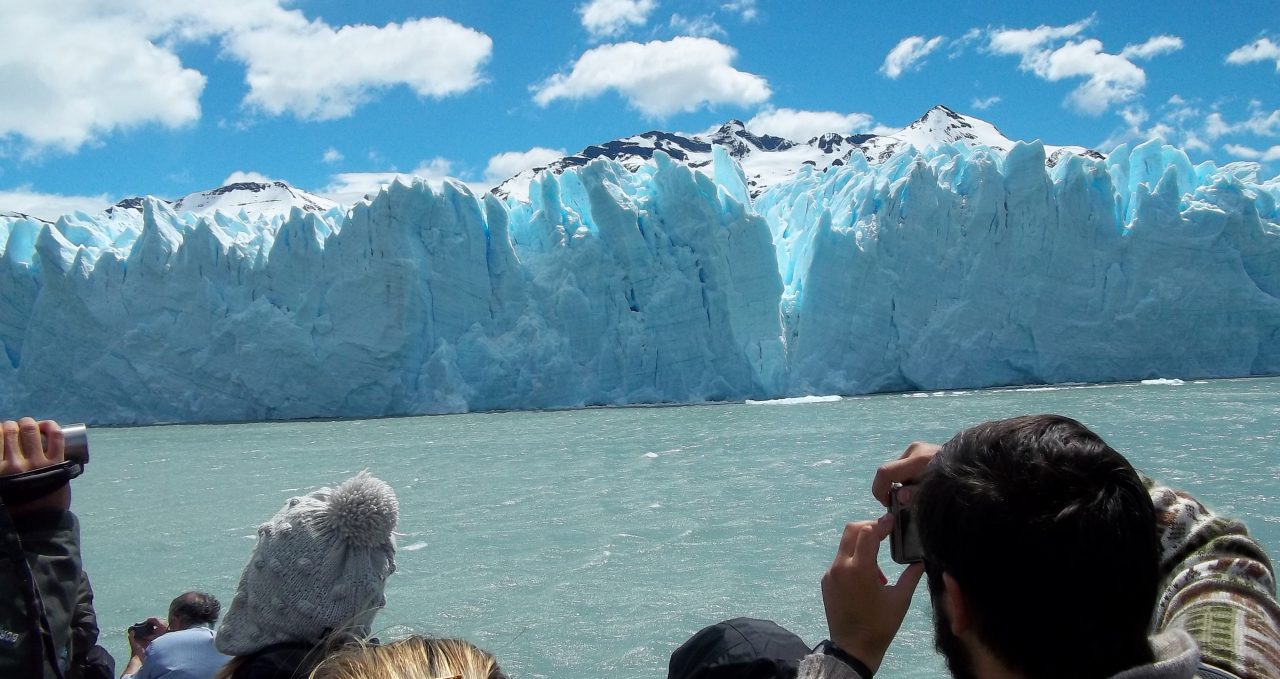
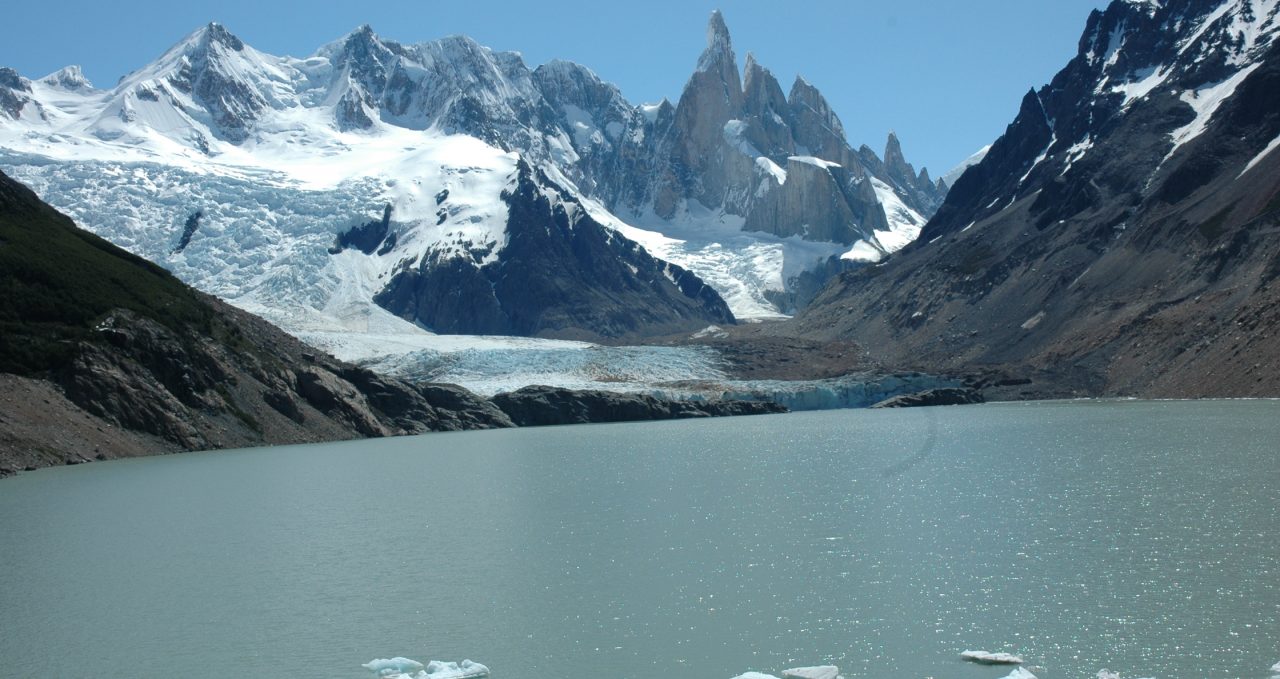
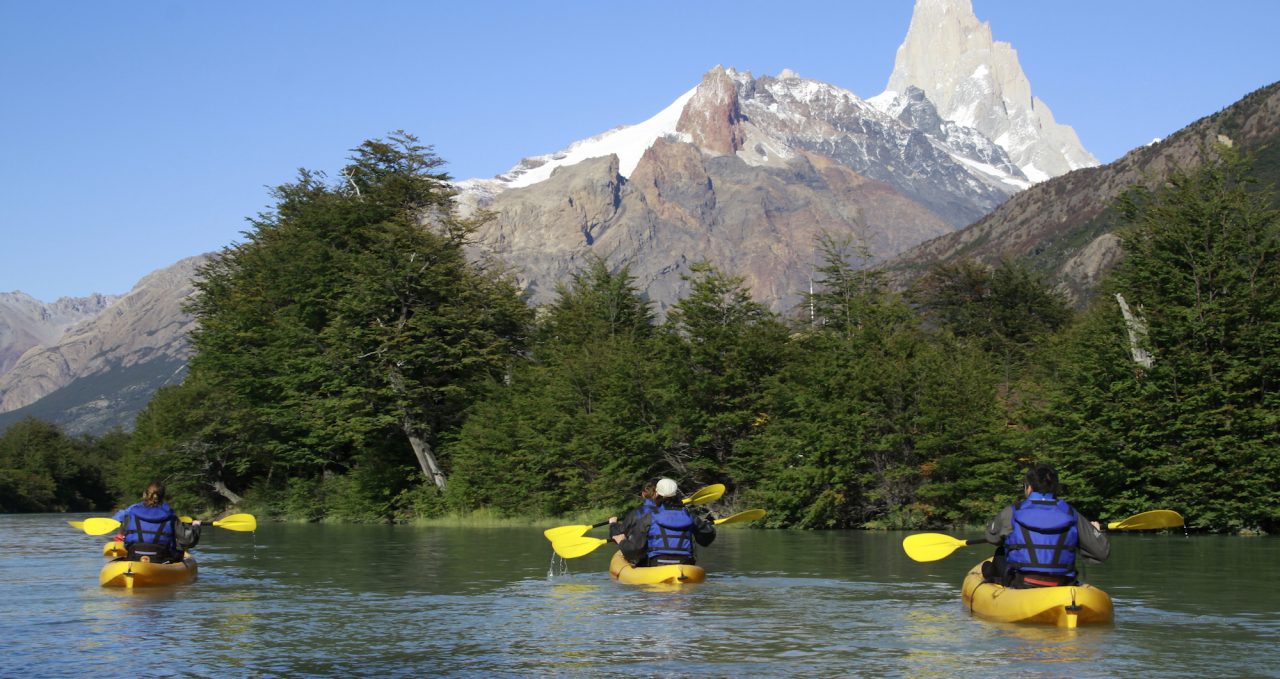


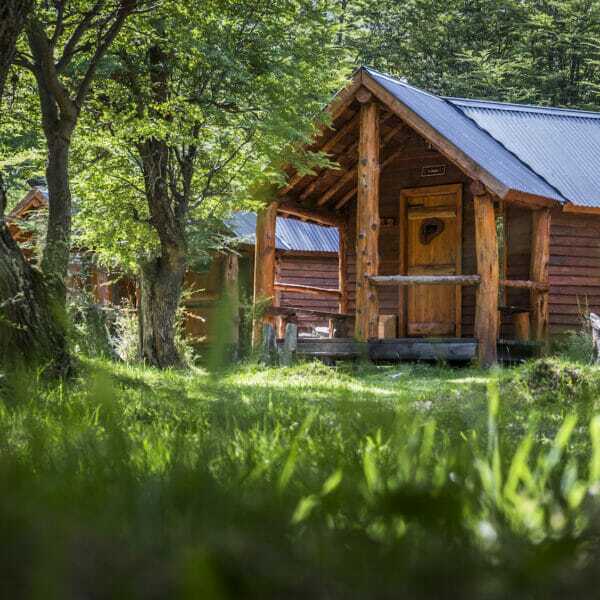
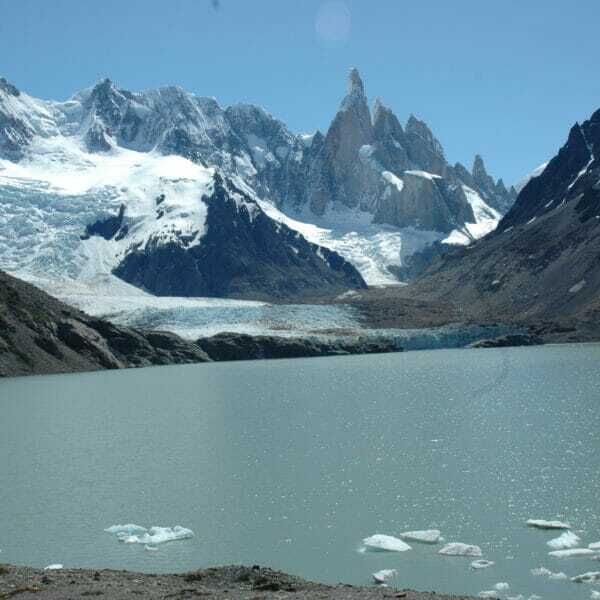
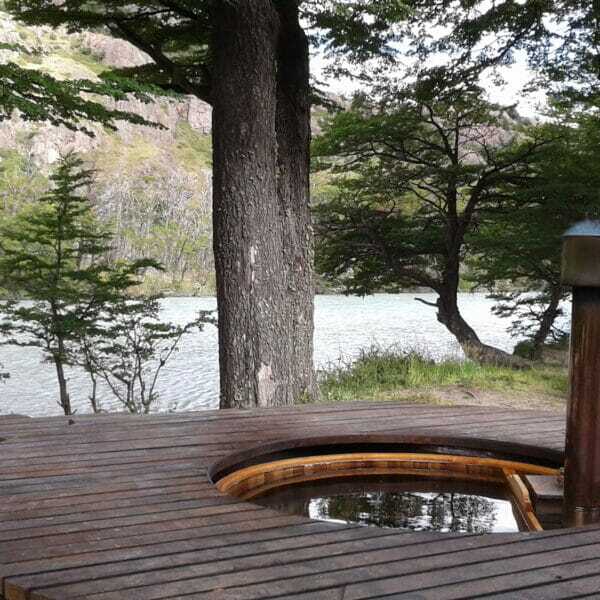
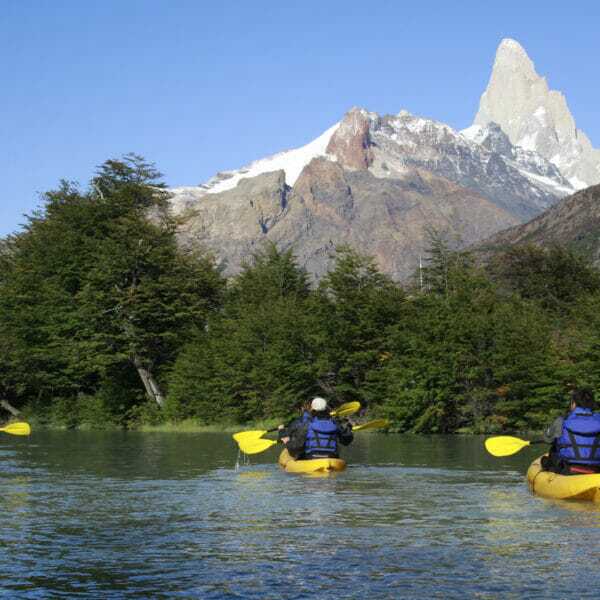
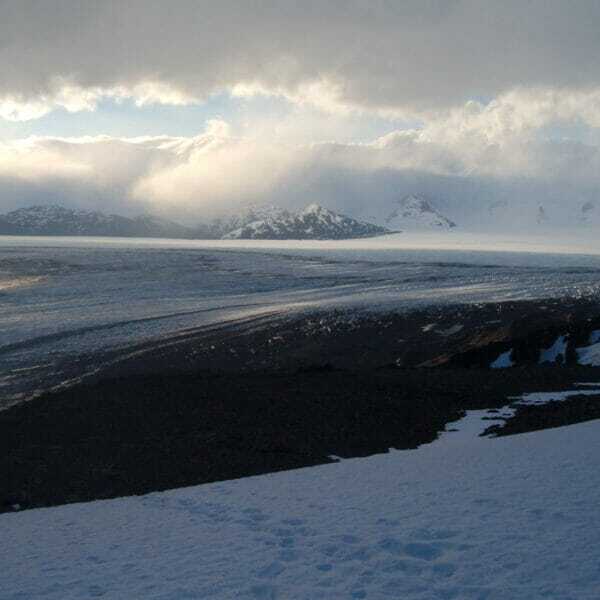
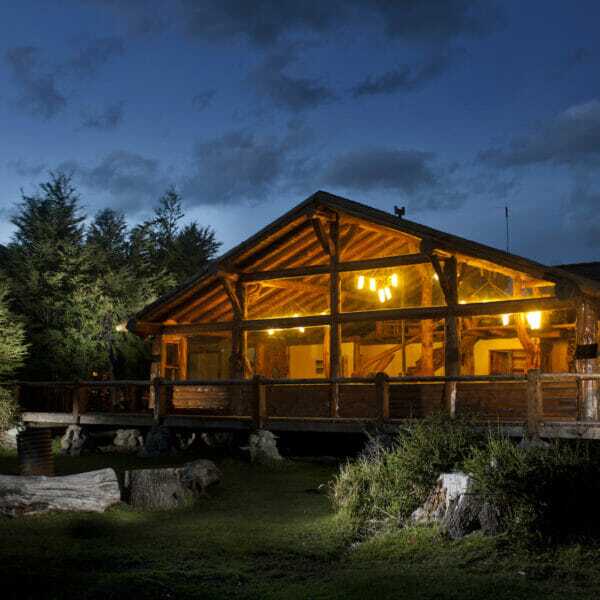
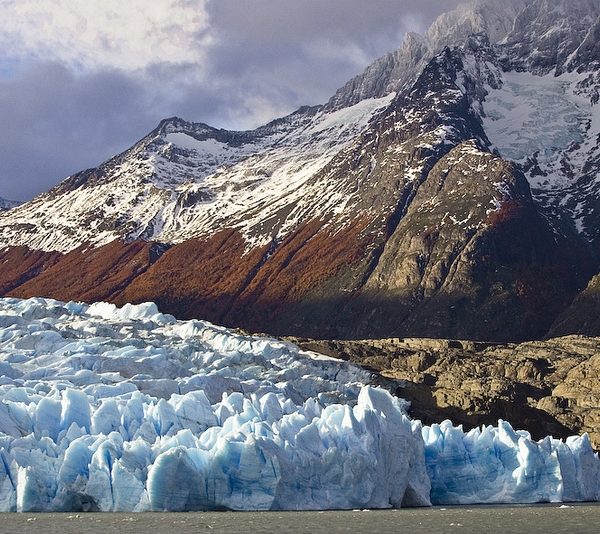
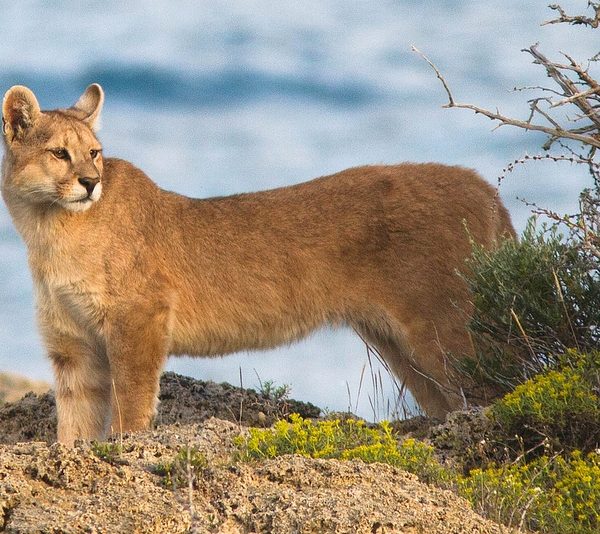
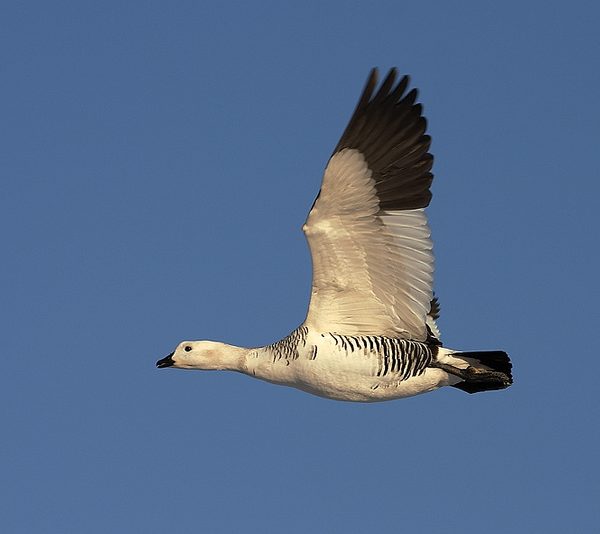
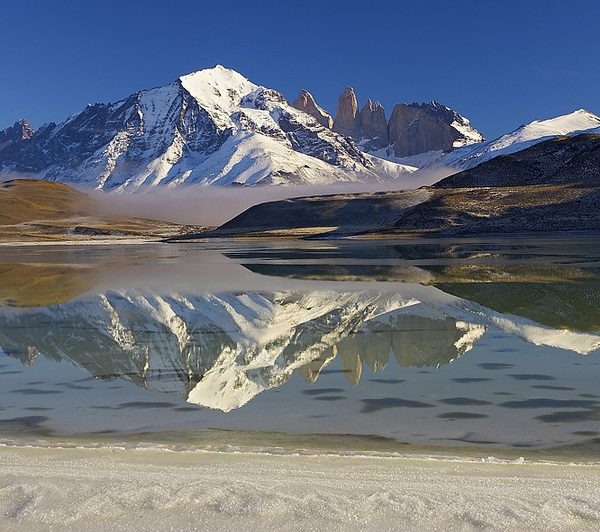
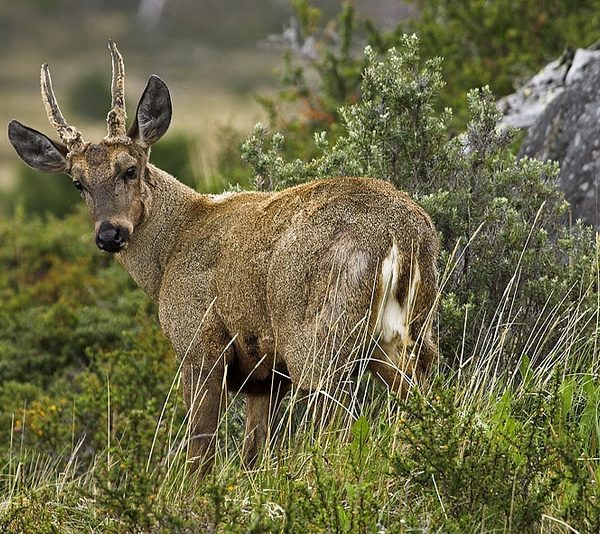
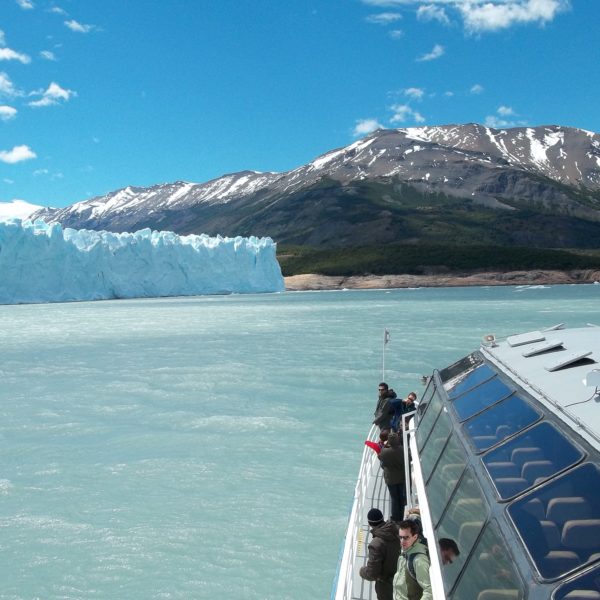

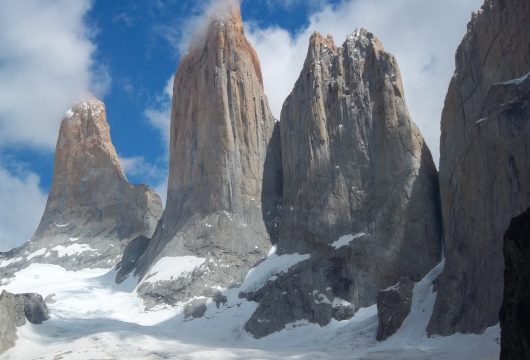
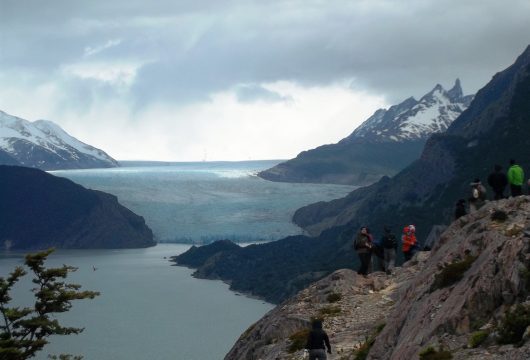
 a Tailor Made Tour
a Tailor Made Tour 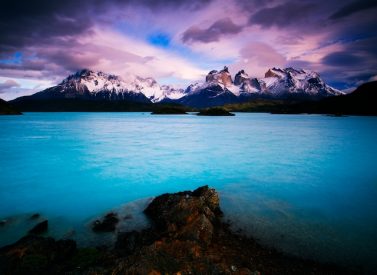
 a Group Tour
a Group Tour 